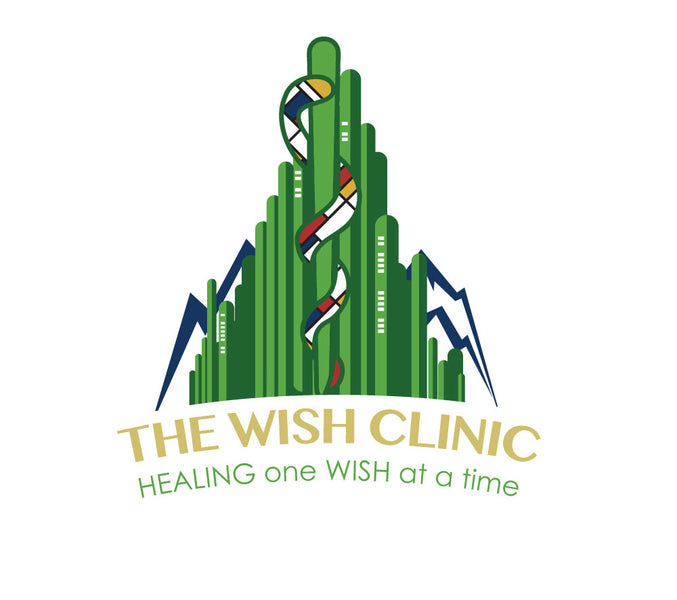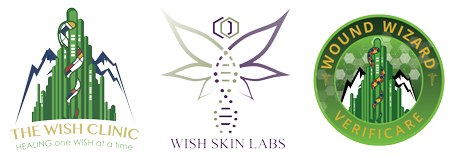Chronic wounds are indiscriminate of age, gender, ethnicity, religion or creed, but place a significant financial and quality of life burden on patients and their families. I am treating patients who live within a backdrop of chronic medical conditions like terminal cancer, multiple sclerosis, ALS, diabetes, congestive heart failure and chronic obstructive pulmonary disease.
Healing the skin amidst these challenges is extremely rewarding; it’s about healing the “whole patient and not just the hole in the patient.” Healing by secondary intention utilizing lasers, negative pressure, stem cell therapies, skin substitutes and epidermal closure systems may be more cost effective with an intent to cure over other, more costly options like major amputation or plastic surgery reconstruction with flaps and skin grafts.
My biggest challenge, however, has nothing to do with patient care and achieving cures! The biggest challenge is convincing payers that I am a skilled, specialist with experience and knowledge that transcends multiple American Board of Medical Specialties (ABMS)-recognized, medical specialties like physical medicine and rehab, oncology, endocrinology, infectious disease, dermatology, pathology, immunology, podiatry, nutrition, primary care and surgical specialties: general, plastics and vascular surgery. We must not forget undersea and hyperbaric medicine to round out the knowledge and skill set of an expert wound management professional.
We are a taxonomy like any other: Dermapathotraumatologists. Most payers seem to be singular in thought that they must only evaluate and manage the one wound and not provide an evaluation of and a recommendation for improving the background of chronic comorbidities inhibiting the healing process of said chief complaint: wound.
What recourse does a professional have when payers do not pay for the highly specialized services one renders supported by myriad of clinical proof for efficacy and safety and a healing touch? Early in my career, I struggled with payers, and even local hospital credentialing committees refusing to work with me simply because I lacked an ABMS credential (i.e., board-certification in general surgery) that had nothing to do with my constitutional scope of practice.
Due to this circumstance, I began to ask the question of whether I should pause and return to training in a different medical specialty that would set me up for a fellowship in hyperbaric undersea medicine, like preventive medicine or family practice. This was initially my solution to acquire the credibility I needed to lobby payers that I should be recognized as a provider of specialty care for wounded patients since even the CWSP designation and certification was seemingly not enough. It was a difficult decision to return to training, since I had already spent 8 years in post-graduate training (i.e., 7 years of general surgery residency, and a year of vascular surgery fellowship) as well as another 8 years in clinical wound care practice, successfully healing and reducing health care utilization across the continuum of acute and post-acute care settings. I was saving these same payers thousands in hospital claims and keeping their beneficiaries alive, paying their premiums, but unfortunately, I still struggled with recognition and compensation.
Luckily, I found a better path: Program of All-Inclusive Care for the Elderly (PACE): a value-based, coordinated care model where I could thrive and have longevity in my career as a board-certified wound specialist physician. I believe, through my PACE experience, I will lay the foundation that is needed to convince payers that wound management is a medical specialty like any of the others regardless of the professional’s training pathway and experiential learning algorithm.
Welcome to my TWC blog. I look forward to a reputable, relatable, and comprehensive deep dive into my experience within wound management and PACE. Enjoy and please do not hesitate to contribute with thoughts and/or questions. I appreciate you!












